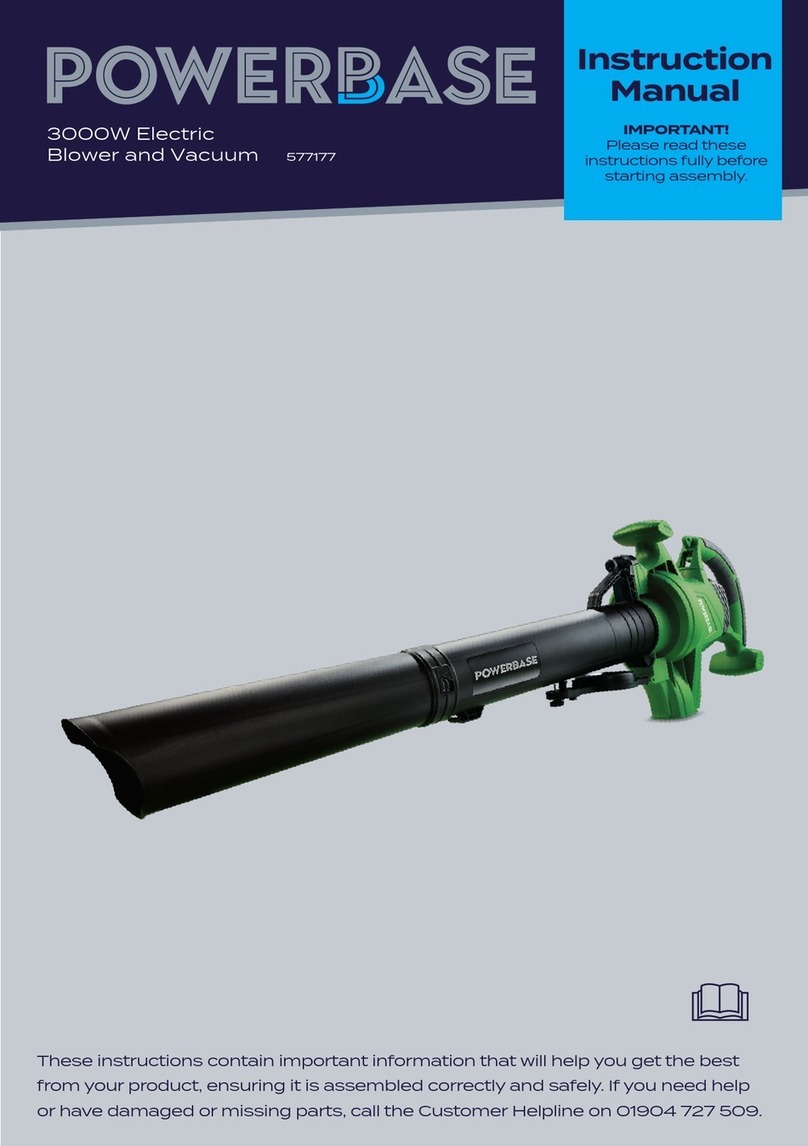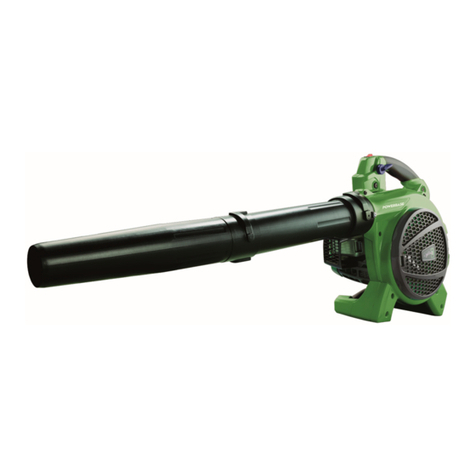
8
Properly maintained cutting tools with
sharp cutting edges are less likely to bind
and are easier to control.
• Use the power tool, accessories and
tool bits, etc., in accordance with these
instructions, taking into account the
working conditions and the work to be
performed. Use of the power tool for
operations different from those intended
could result in a hazardous situation.
Battery use and care
• Recharge only with the charger specified
by the manufacturer. A charger that is
suitable for one type of battery pack may
create a risk of fire when used with another
battery pack.
• Use power tools only with specifically
designated battery packs. Use of any
other battery packs may create a risk of
injury and fire.
• When the battery pack is not in use, keep
it away from other metal objects, like
paper clips, coins, keys, nails, screws, or
other small metal objects that can make a
connection from one terminal to another.
Shorting the battery terminals together
may cause burns or a fire.
• Under abusive conditions, liquid may be
ejected from the battery; avoid contact.
If contact accidentally occurs, flush





























